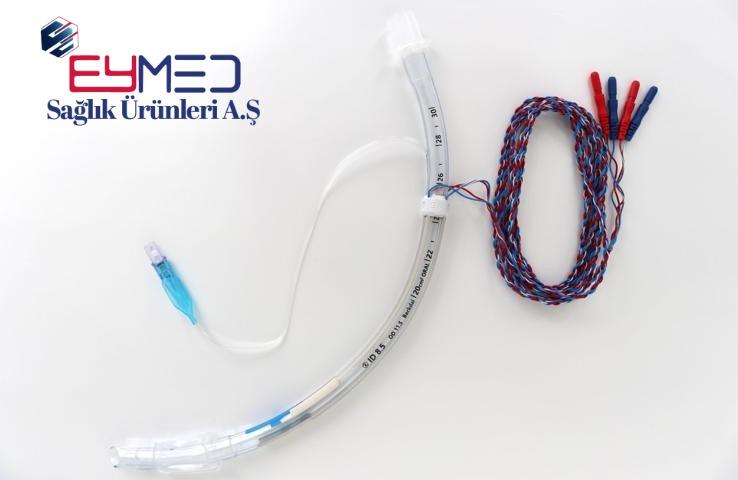Nerve Monitoring is a commonly used intraoperative method in fields such as general surgery and ENT (Ear, Nose, and Throat).
In thyroid surgery, the biggest risk for the patient is the potential injury to the nerves that reach the vocal cords. Thanks to nerve monitoring, this risk is significantly reduced, providing a safer surgical environment for both the patient and the surgeon.
Despite modern surgical techniques, the rate of RLN (Recurrent Laryngeal Nerve) injury during thyroidectomy still ranges between 0.2-2.4%. However, it is impossible to predict in which case this risk will occur. In cases of nerve injury, vocal cord paralysis can develop, leading to complications such as hoarseness and shortness of breath, which can negatively impact the patient's quality of life and even result in job loss.
Nerve monitoring is an application that provides a safer surgical opportunity, protecting both patient safety and the rights of the surgeon from a medicolegal perspective.
To minimize these risks, the related system and its disposables are preferred.
EMG Endotracheal Tubes, produced in three different sizes, provide ease of use and application for clinics that prefer to use these tubes.
Compared to other EMG tubes on the market, these tubes have a longer electrode area printed directly onto the tube, which facilitates positioning of the electrodes just above the vocal cords by anesthesia personnel.
The design, aimed at eliminating problems caused by tube movement (shifting forward, backward, or sideways), helps to minimize signal loss during surgery.
EMG Endotracheal Tubes are available in various sizes for each patient, including options in 5, 5.5, 6, 6.5, 7, 7.5, 8, 8.5, 9, 9.5, and 10 mm diameters.

